Last updated on June 7th, 2025 at 09:59 am
Did you know your calf muscle is often called the ‘second heart’ of the body? Just like your heart, the soleus and gastrocnemius muscles in your calves play a vital role in pumping blood back to your heart.
In this article, we’ll explore why strong calves are essential for circulation, how they prevent venous diseases, and the best exercises to keep your ‘second heart’ healthy.
Why Are Calf Muscles Called the Second Heart of the Body?
Why are calves called the 2nd heart of the body? Both our heart and calf muscles are important pumping machines in our body.
It is interesting that if our first heart is in the upper part of the body, inside the chest, the second heart is down the leg. This is the soleus muscle, a bulky muscle on the back of the lower leg, also commonly termed the calf muscle.
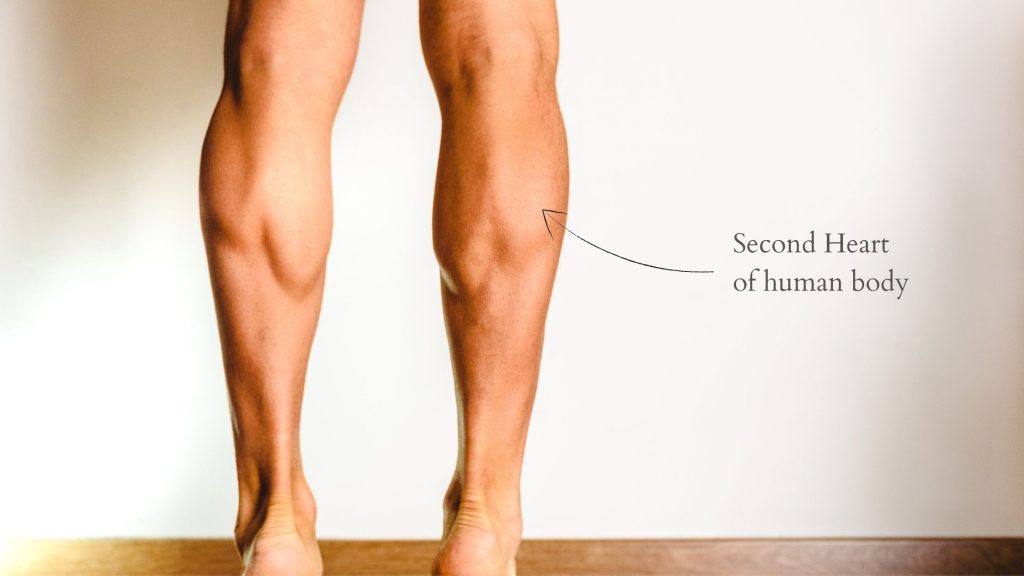
The heart is a pumping machine; it pumps blood to every corner of our body to supply oxygen and other nutrients to the cells transported by the blood.
However, this blood-pumping mechanism is also present in the bulk of the calf muscle, which pumps the blood back from the lower body towards the heart.
Our calve muscles consist of the soleus muscle, a thick, bulky, solid muscle behind both lower legs. Just palpate your calf muscle and feel its bulkiness and its grandiosity. This muscle is perhaps the bulkiest and hardest-working muscle in our body.
It is even bulkier for sportspeople and athletes. When I treat hockey students at our local hockey academy, I feel ashamed to compare my calf muscles with theirs. However, our calf muscle has another essential function to carry out.
Our calf muscles contract and relax when we take a step, climb stairs, or engage in any physical activity involving our lower limbs. This rhythmic action acts as a pump.
Our body is engineered such that when we do these activities, our calf muscle acts like a pump and pushes back deoxygenated blood to the heart1. This function is essential for maintaining healthy circulation, especially in the lower extremities, and it prevents blood from stagnating or pooling in the veins.
Why Is the Calf Muscle Pump So Important for Circulation?
Think of your actual heart as a powerful central pump pushing blood outwards. But without the calf muscle pump assisting in the return journey, blood would pool in your legs, leading to swelling, discomfort, and even health complications.
The process of pushing blood back to the second heart is known as venous return. It propels the deoxygenated blood from the body’s extremities back up to the heart, where it is purified and pumped out to nourish the body.
Healthy venous return is important as it prevents issues such as deep vein thrombosis (DVT), varicose veins, and venous insufficiency.
Venous insufficiency leads to leg swelling. This explains why our feet and lower legs become slightly swollen after driving long distances or sitting in a plane for hours. As there is no walking, there’s no calf-pumping action, resulting in fluid pooling in the legs.
Here, I have summarised the importance of the second heart:
- Improved Circulation: It aids in returning blood to the heart, ensuring proper oxygen and nutrient delivery throughout the body.
- Reduced Risk of Blood Clots: Keeping blood flowing, minimizes the chances of blood clots forming in the legs, a serious health concern.
- Enhanced Lymphatic Drainage: It promotes lymphatic drainage, which helps remove waste products from the body.
- Improved Athletic Performance: Efficient blood flow allows muscles to receive more oxygen, enhancing endurance and performance.
5 Ways to Strengthen Your Calf Muscle (Your Second Heart)
Just like your actual heart, your second heart needs care and attention. Here are some ways to keep it pumping strong:
- Stay Active: Regular exercise, especially activities that engage your calf muscles, like walking, running, and swimming, is vital.
- Maintain a Healthy Weight: Excess weight strains your circulatory system, including your second heart.
- Wear Compression Socks: These can help improve circulation, especially if you sit or stand for extended periods.
- Stay Hydrated: Drinking plenty of water keeps your blood thin and easier to pump.
- Stretch regularly: Stretching your calf muscles helps improve flexibility and circulation.
Also read: 2 Stretching Exercise for Calf Muscle Pain Relief Instantly
Medical Clarification: Is the Calf Really the Second Heart?
Please note that in purely medical terms, the second heart actually refers to the cisterna chyli located in the abdomen. it receives the lymphatic fluids of the intestine and up from the abdomen1.
However, in common sense, the second heart is referred to as the calf muscle; here, in this article, we have covered the calf as a second heart.
Now that we know it’s because of the pumping action of blood, our calf muscle is termed the second heart. However, a modern-day stagnant lifestyle that limits the use of the soleus muscle results in sluggish blood circulation.
Healthy blood circulation is the secret of a healthy body. This is why every doctor recommends daily exercise and stretching for a healthy and fit body.
Key Takeaways: Why Your Calf Muscle is Your Body’s Second Heart
Your calf muscles—especially the soleus and gastrocnemius—play a vital role in circulation by acting as a “second heart.” Through rhythmic contractions during walking or exercise, they pump deoxygenated blood back toward your heart, preventing pooling, swelling, and venous disorders. To maintain healthy circulation:
- Stay active with walking, running, or calf-strengthening exercises.
- Avoid prolonged sitting/standing to keep blood flowing.
- Stretch calf muscles regularly to improve calf muscle flexibility and pump efficiency.
- Hydrate and wear compression socks if you’re at risk for poor circulation.
By treating your calves with the same care as your heart, you’ll support lifelong vascular health and mobility. Remember: A strong “second heart” means a healthier, more active body!
For those who sit for long hours (e.g., desk jobs or travel), compression socks like these can help mimic the calf muscle’s pumping action and reduce swelling. (Paid link)
- Experience Superior Comfort: Our calcetines de compresion provide unparalleled support for all-day wear; perfect as the …
- Unleash Your Full Potential: Whether for sports or work, these sock compression socks are designed to enhance your perfo…
- Stay Energized All Day: Our compression socks for women & men are crafted to boost circulation and reduce swelling; the …

Keep reading: Why warming up is important (and cooling down) in sport
Frequently Asked Questions About the Calf Muscle Pump
The author is a physiotherapist who has been practising for the last 17 years. He holds a Bachelor's in Physiotherapy (BPT) from SVNIRTAR (Swami Vivekananda National Institute of Rehabilitation and Research), one of the prestigious physiotherapy schools in India.
Whatever he learns dealing with his patient, he shares it with the world through blogs and e-books. He also owns a YouTube channel, "Sunit Physiotherapist" with over 8 lakh active subscribers. Here, he shares everything he gets to learn serving the patient.

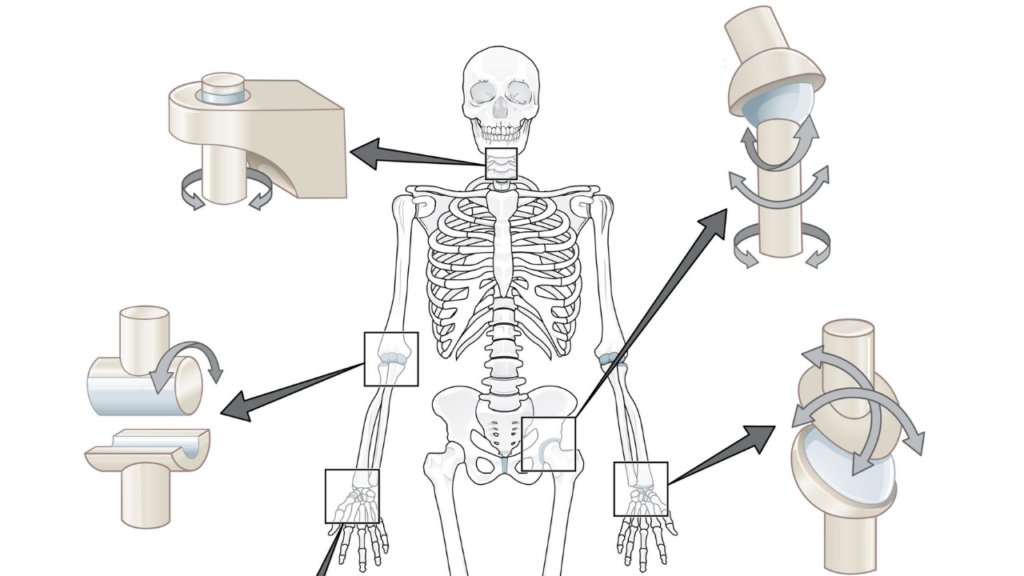
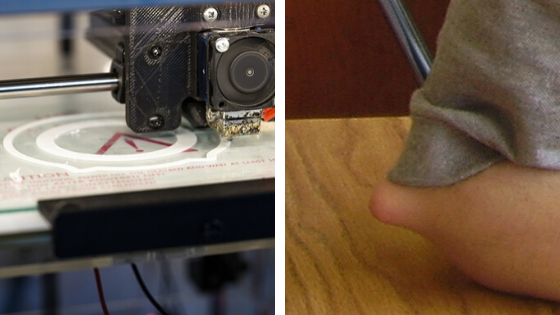
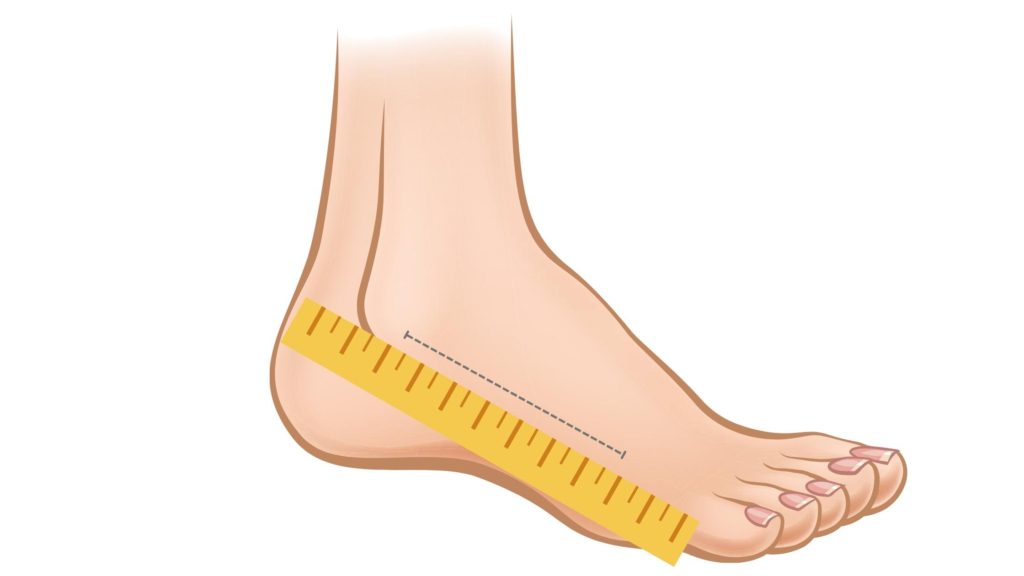
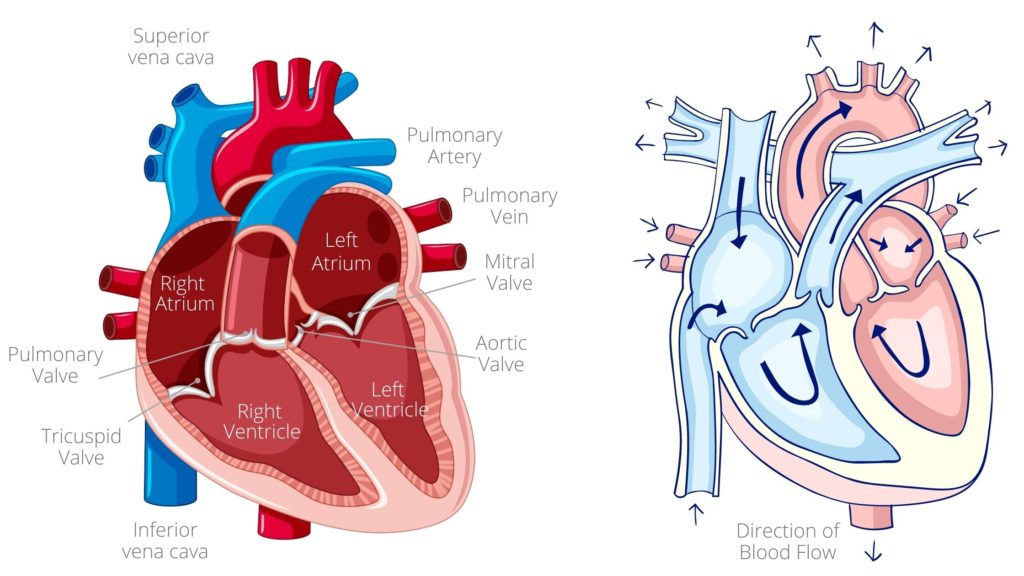


Pingback: Does Rebounding Get Rid Of Varicose Veins? - Cardio Capital
Pingback: 5 Best exercises for varicose veins
Pingback: 2 Stretching Exercise for Calf Muscle Pain Relief Instantly - Physiosunit
Pingback: Cardiac cycle explained: cardiac cycle phases, ECG, graph - Physiosunit
Pingback: 11 Signs of Low Blood Pressure to Watchout For
Pingback: Why warming up is important (and cooling down) in sport - Physiosunit
Pingback: Varicose Veins Cause| 5 Best Exercises for Spider Veins : Physiosunit
Pingback: 7 Best Stretching Exercise for Quick Body Ache Relief : Physiosunit
Pingback: How to Stop Leg Cramps at Night? : Physiosunit
Pingback: Symptoms of low BP not to ignore : Physiosunit